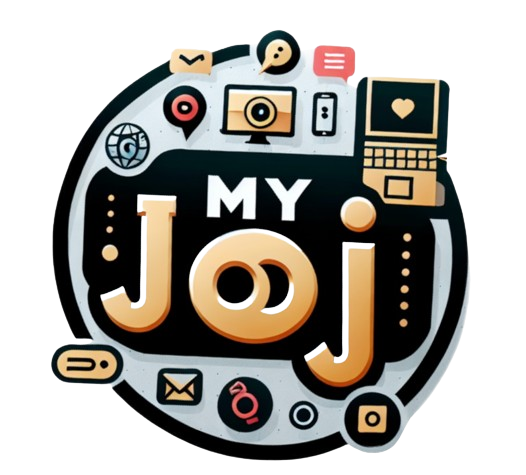Advantages of Using UGC
Authenticity and Trust: UGC is often perceived as more authentic than professionally created content. When users share their experiences with a product, it can build more trust among potential customers as they see real-life examples of product use.
Audience Engagement: UGC encourages active audience participation. When users know their content can be used by a brand, it motivates them to interact more with the product and share their impressions.
Resource Savings: Creating content can be an expensive and labor-intensive process. Using UGC allows brands to obtain quality content without significant creation costs.
Expanded Reach: When users share content related to a brand, it helps expand audience reach. Each post or review can attract the attention of new potential customers.
Challenges of Using UGC
Quality Control: Since UGC is created by users, brands have less control over the quality and content of this material. This can lead to situations where the content does not meet brand standards or even harms its reputation.
Legal Issues: Using user-generated content can involve legal issues, such as intellectual property rights. Brands need to ensure they have all necessary permissions before using UGC.
Unpredictability: The results of using UGC can be unpredictable. For example, users may express negative opinions or criticism, which can affect the brand's image.
Managing Large Volumes of Content: Handling and managing large volumes of user-generated content can be challenging. It requires resources for selecting, moderating, and integrating UGC into marketing campaigns.
Conclusion
Using UGC in collaborations can be a powerful tool for brands aiming to enhance authenticity and audience engagement. However, to succeed, it is necessary to consider potential challenges and develop strategies to overcome them. With the right approach, UGC can significantly enhance marketing efforts and strengthen customer relationships.

